Volohasy - Bamboo Project
In Madagascar there are 32 endemic bamboo species, however many remaining bamboo forests are highly susceptible to conservation as Madagascar forest environment suffers extremely high pressures from agriculture, mining, illegal logging and other human activities. The Volohasy - Bamboo project promotes the reforestation of degraded patches in the dragon tree rain forest of Maromizaha and habitat restoration for the conservation of Maromizaha bamboo lemurs.
Parco Natura Viva participates to the Volohasy – Bamboo project in the dragon tree rain forest of Maromizaha, in Madagascar. This project, promoted and coordinated by the University of Torino and supported by the Italian Union of Zoos and Aquariums (UIZA), aims to support the conservation of bamboo lemurs by implementing reforestation actions in the degraded areas of the New Protected Area of Maromizaha.
The primary areas of interventions are the following:
The primary areas of interventions are the following:
- establishment of an area subject to reforestation;
- realisation of an organised chain of the cultivation and planting of bamboo;
- the conservation of species strictly dependent on the consumption of this vegetable;
- wildlife monitoring by a local guide, trained on the management and protection techniques of Madagascar’s biodiversity.
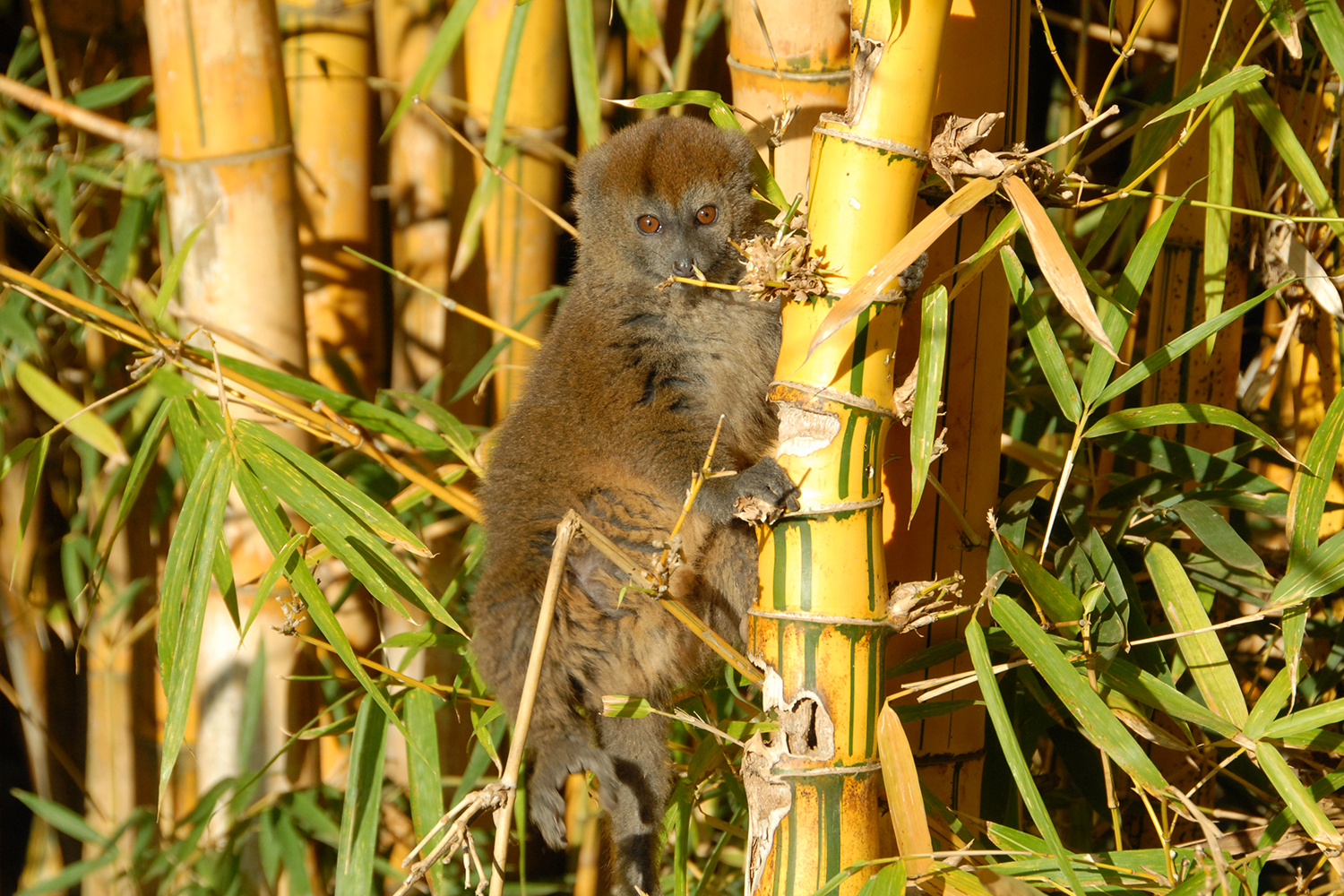 |
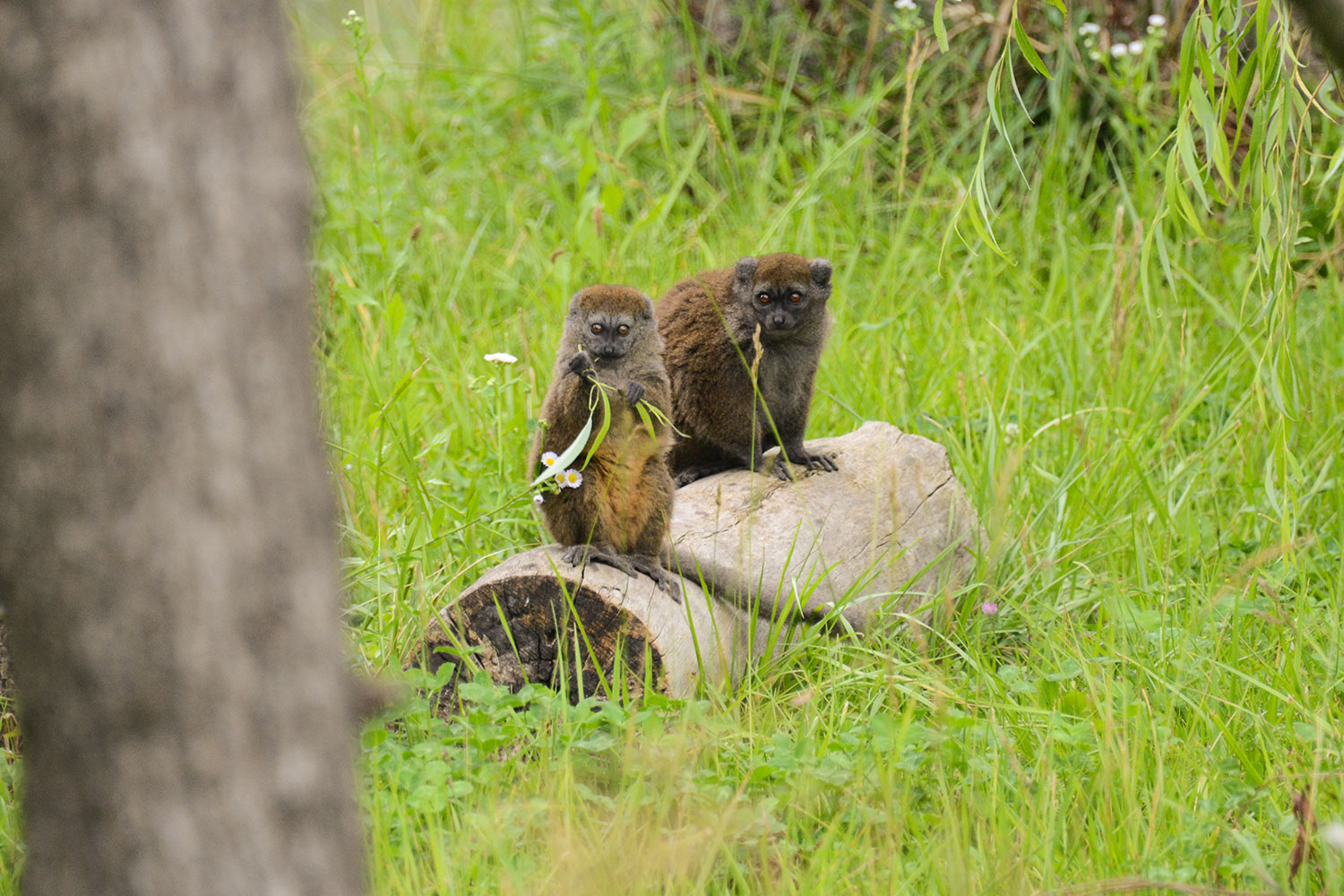 |
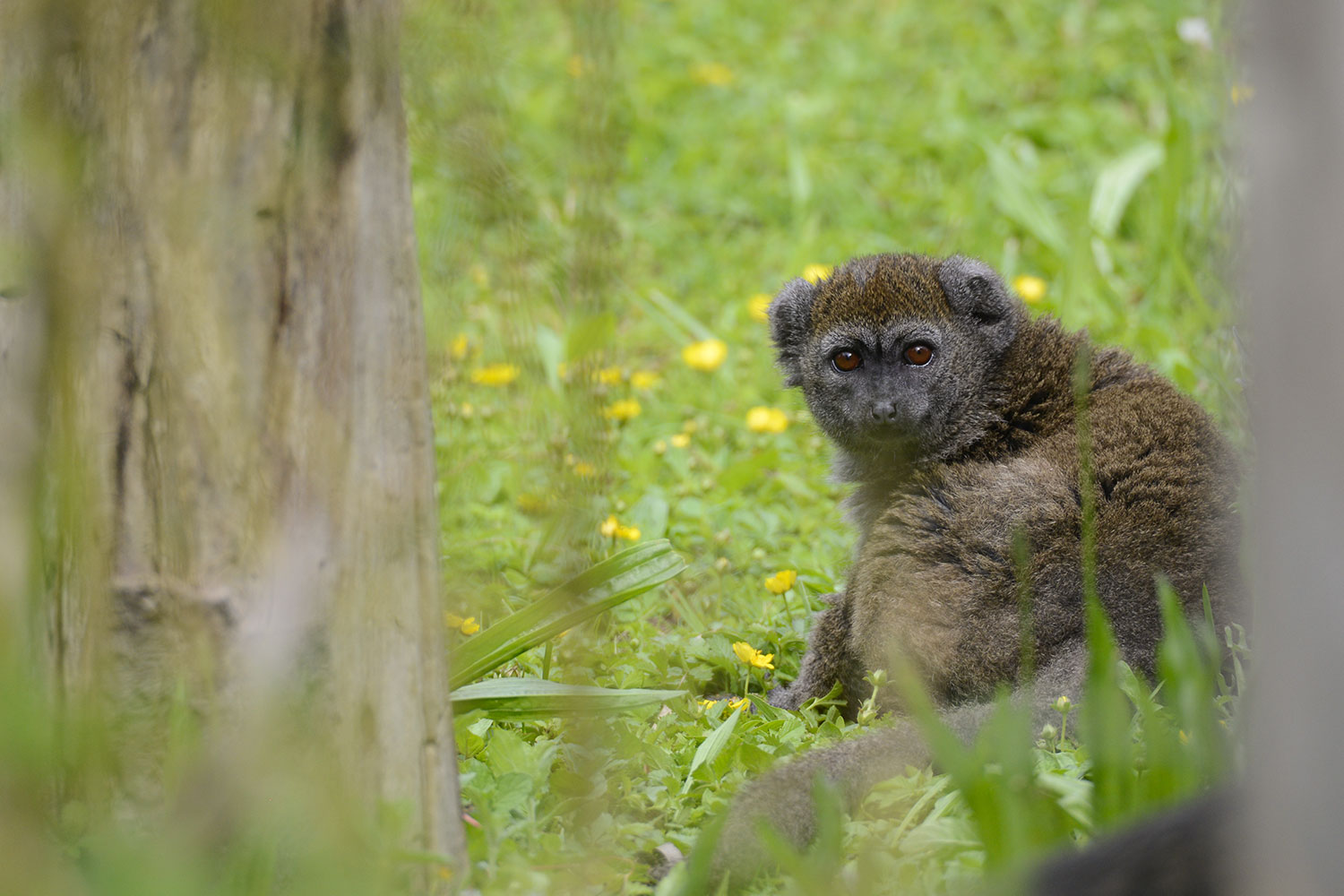 |
The participation of the local population is a point of strength of this project: the personnel involved in the activities is selected from the inhabitants of the villages adjacent to the forest. Furthermore, all actions are carried out in partnership with the staff of the GERP (Groupe d'Étude et de Recherche sur les Primates de Madagascar), which has been managing the protected area of Maromizaha since 2008.
The bamboo lemur (Hapalemur griseus) is one of the most widespread species of lemur in Madagascar bus has a very small distribution area. It’s classified as “Vulnerable” in the IUCN Red List and the population keeps decreasing due to illegal hunting and the pet trade. Furthermore, the decline in the qualities of habitat and bamboo species that it feeds on due to fires and illegal logging have negative effects on the distribution and abundance of this species.
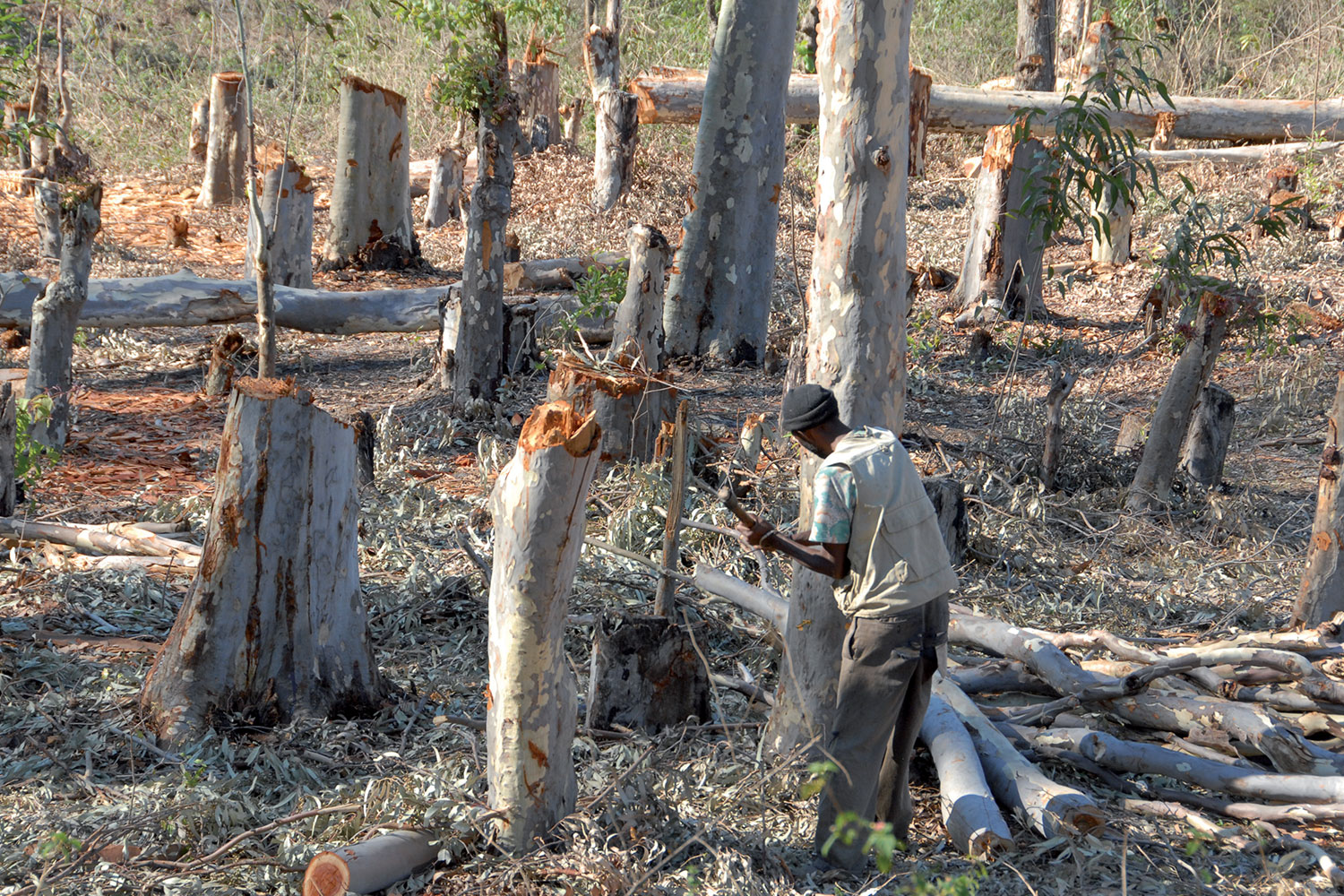 |
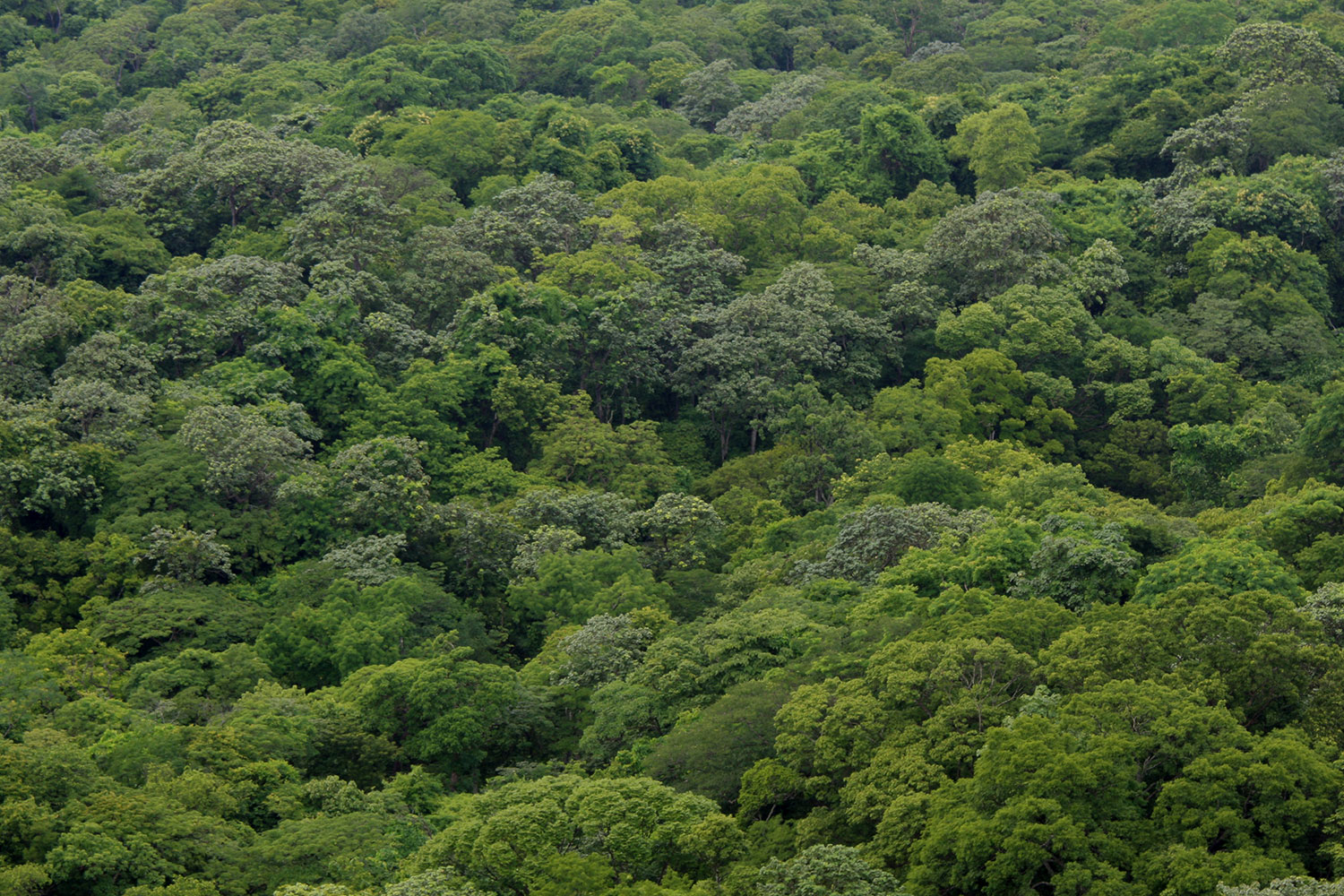 |
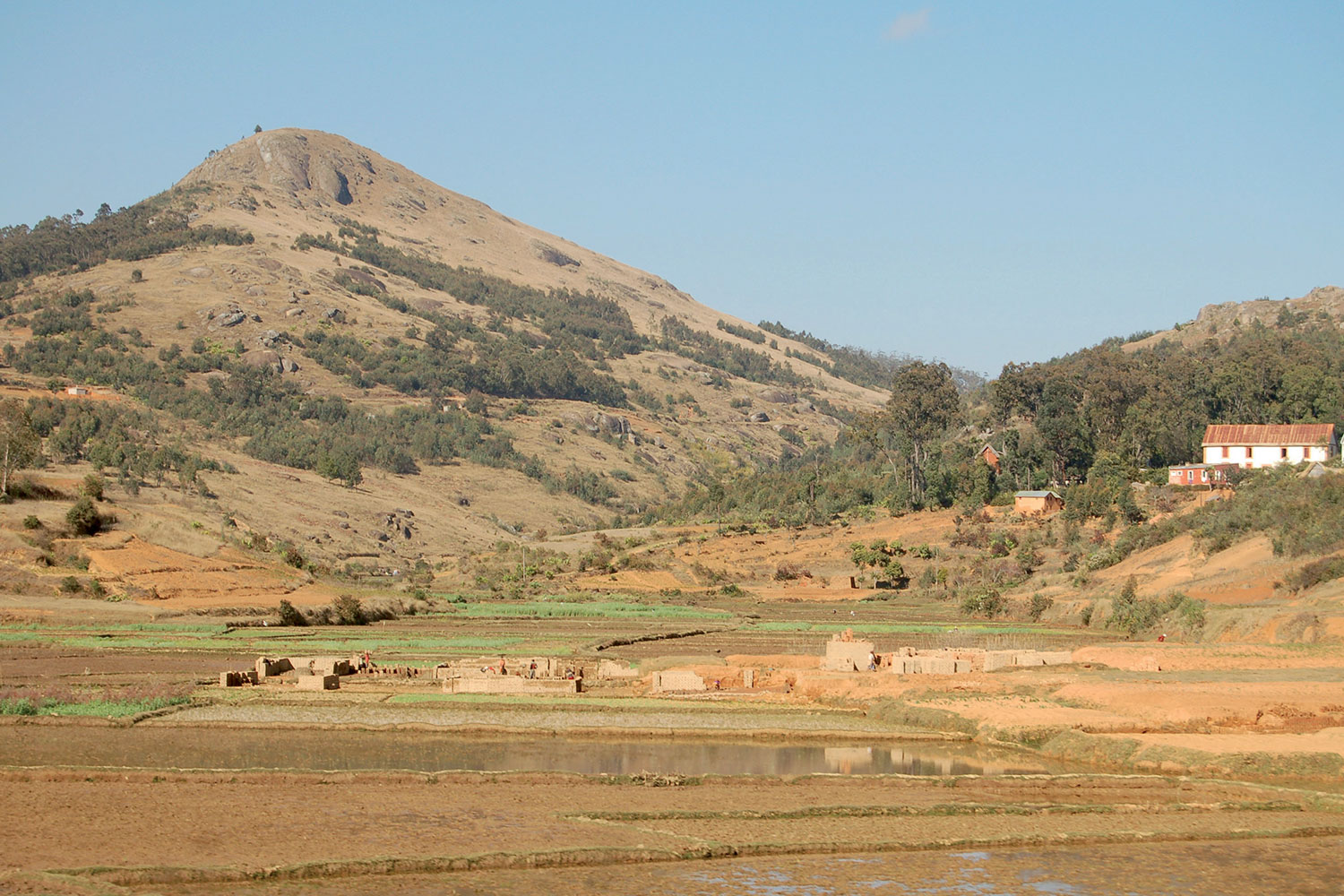 |
The Park hosts the Alaotra reed lemur (Hapalemus alaotrensis), one of the most threatened lemur species and classified as "critically endangered" in the IUCN Red List. These lemurs are included in the European ex situ conservation programme EEP (EAZA Ex-situ Programme) and over the years the goup bred succesfully several times. Alaotra reed lemurs are housed in the Madagascar area with other lemur species, where in 2010 a bran new exhibit was built with natural barriers and several trees, allowing the animals to show species-specific natural behaviours.
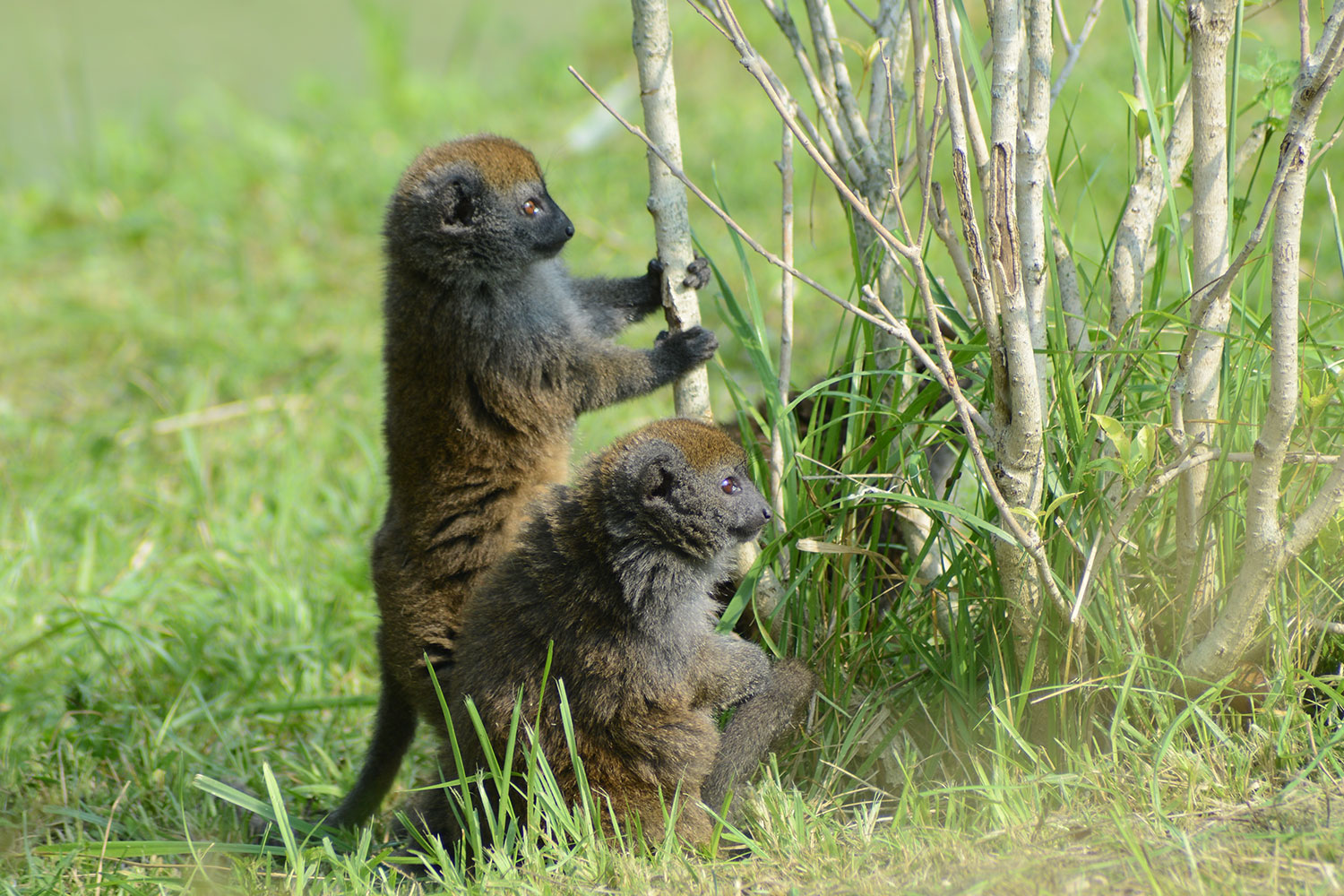 |
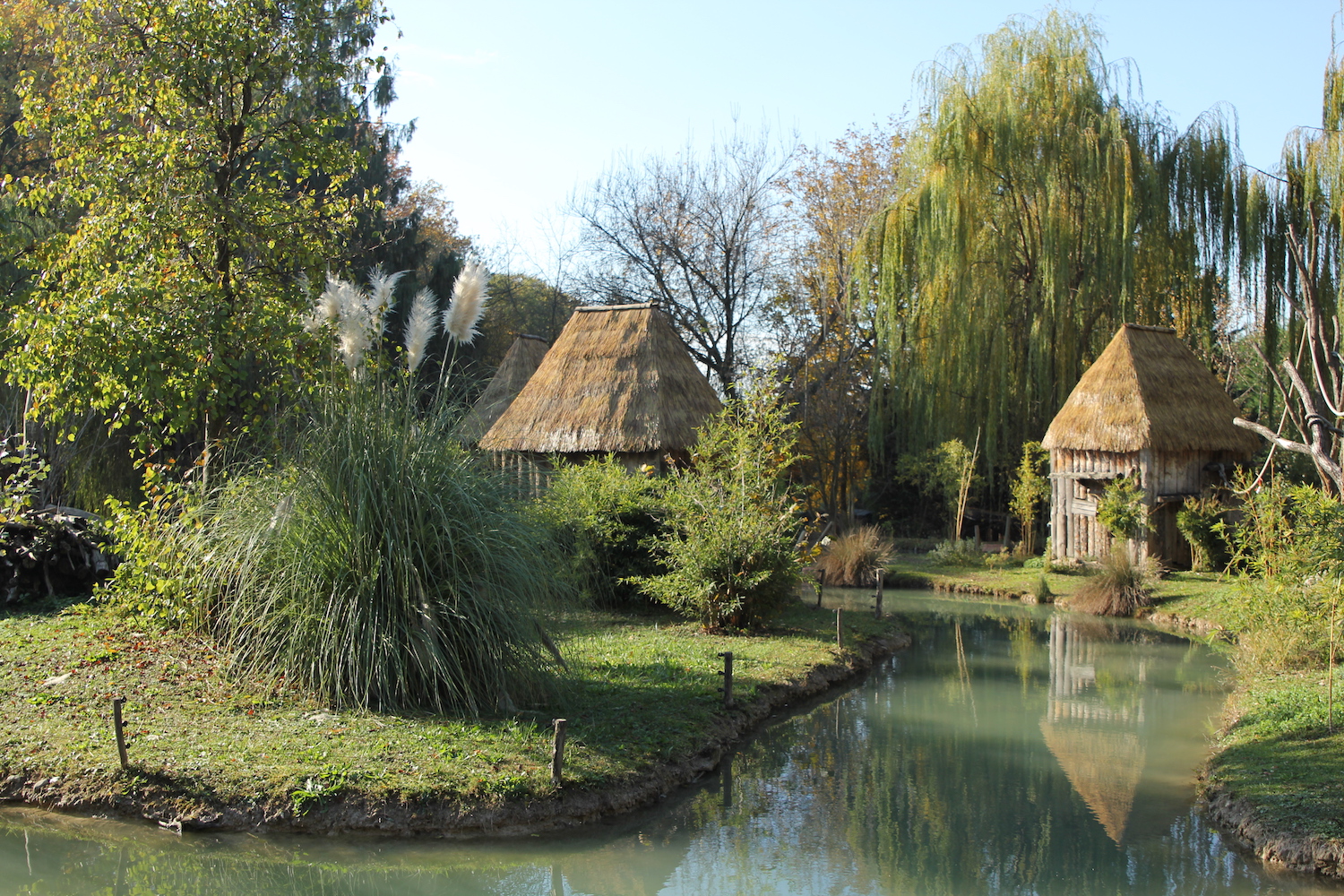 |
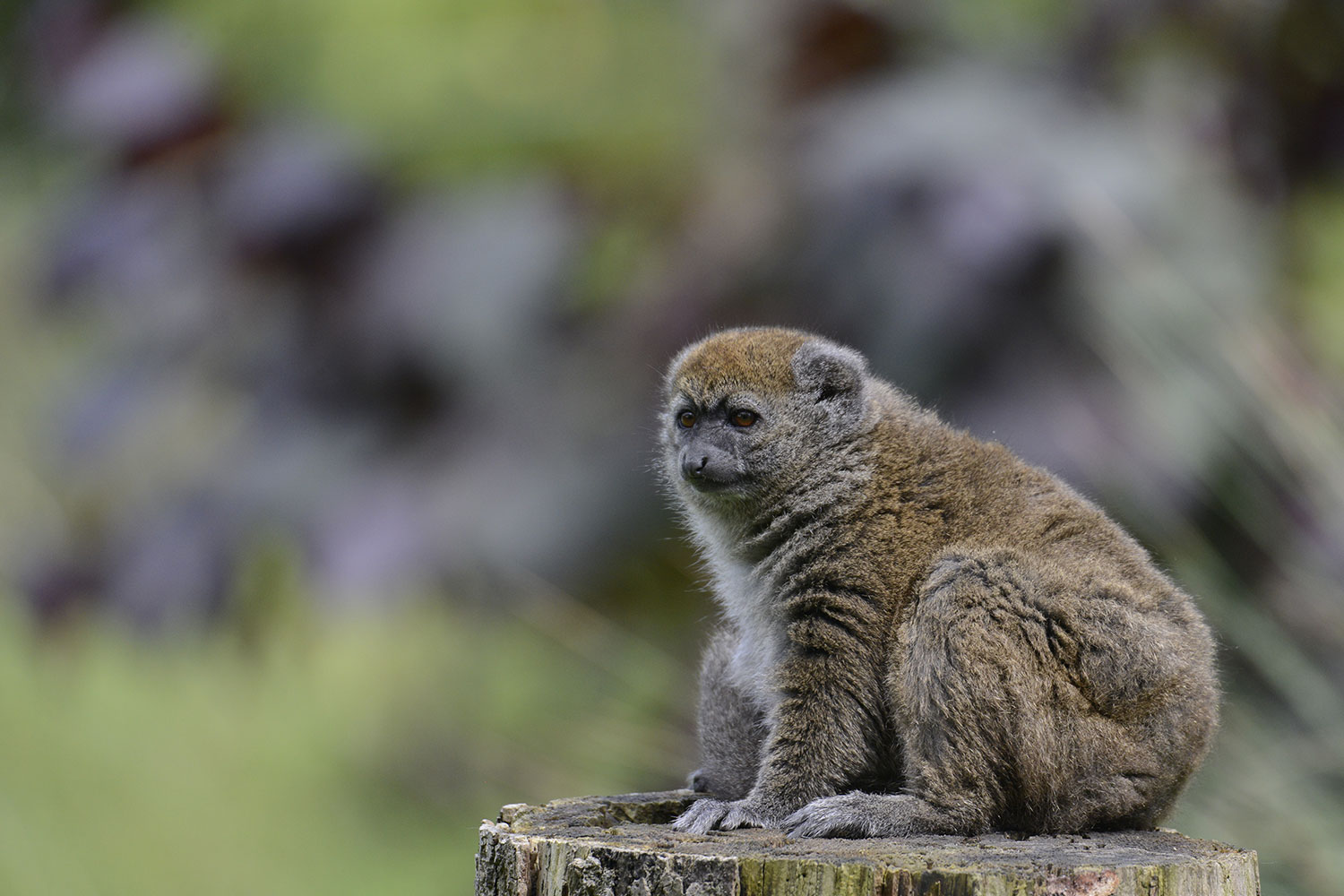 |
Parco Natura Viva, in collaboration with the Italian Union of Zoos and Aquariums (UIZA) has been supporting since 2016 the conservation activities of the bamboo lemur population and its natural habitat in the area selected by the project named Bokombolo, within the Maromizaha forest. A total of 150 endemic bamboo tress from Madagascar (Bambusa vulgaris, Cathariostachys sp) were planted in Bokomobolo, as well as 300 voapaka, 100 makouba and 100 fruit trees. Educational activities and thematic laboratories are also implemented for families who own agricultural land around Bokombolo and for children in the Anevoka primary school to raise awareness among the new generations about the importance of natural resources to safeguard ecosystems at risk.
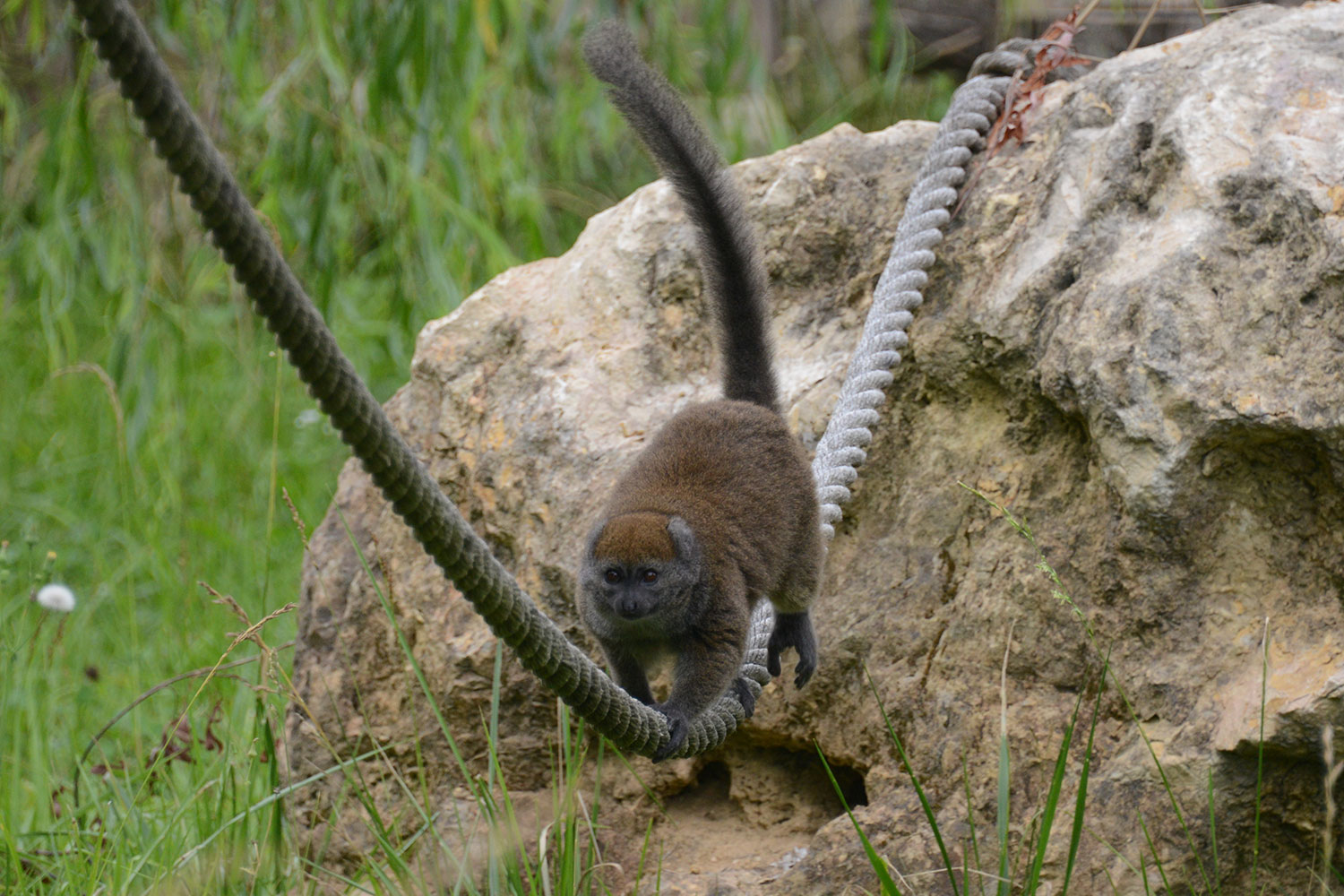 |
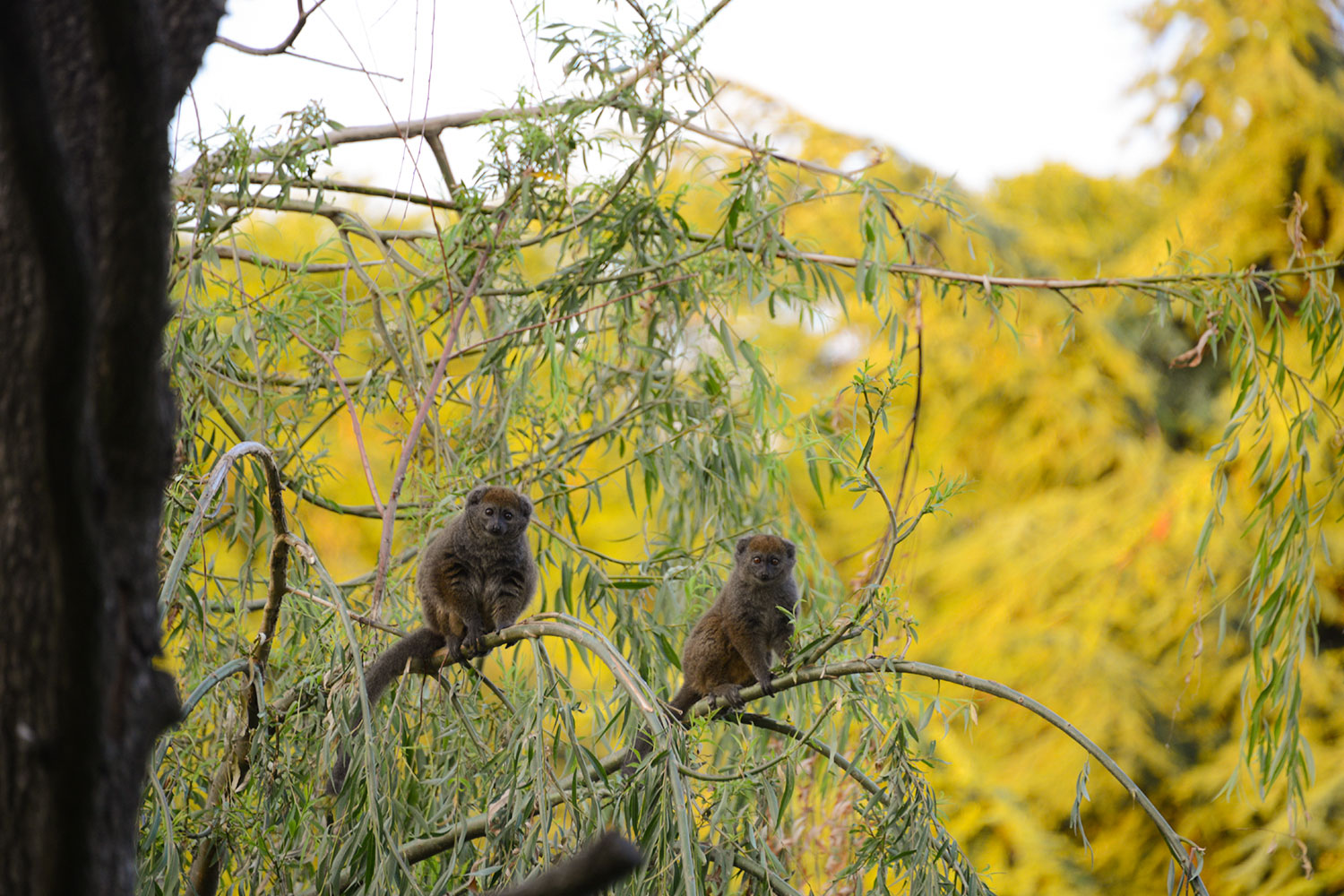 |
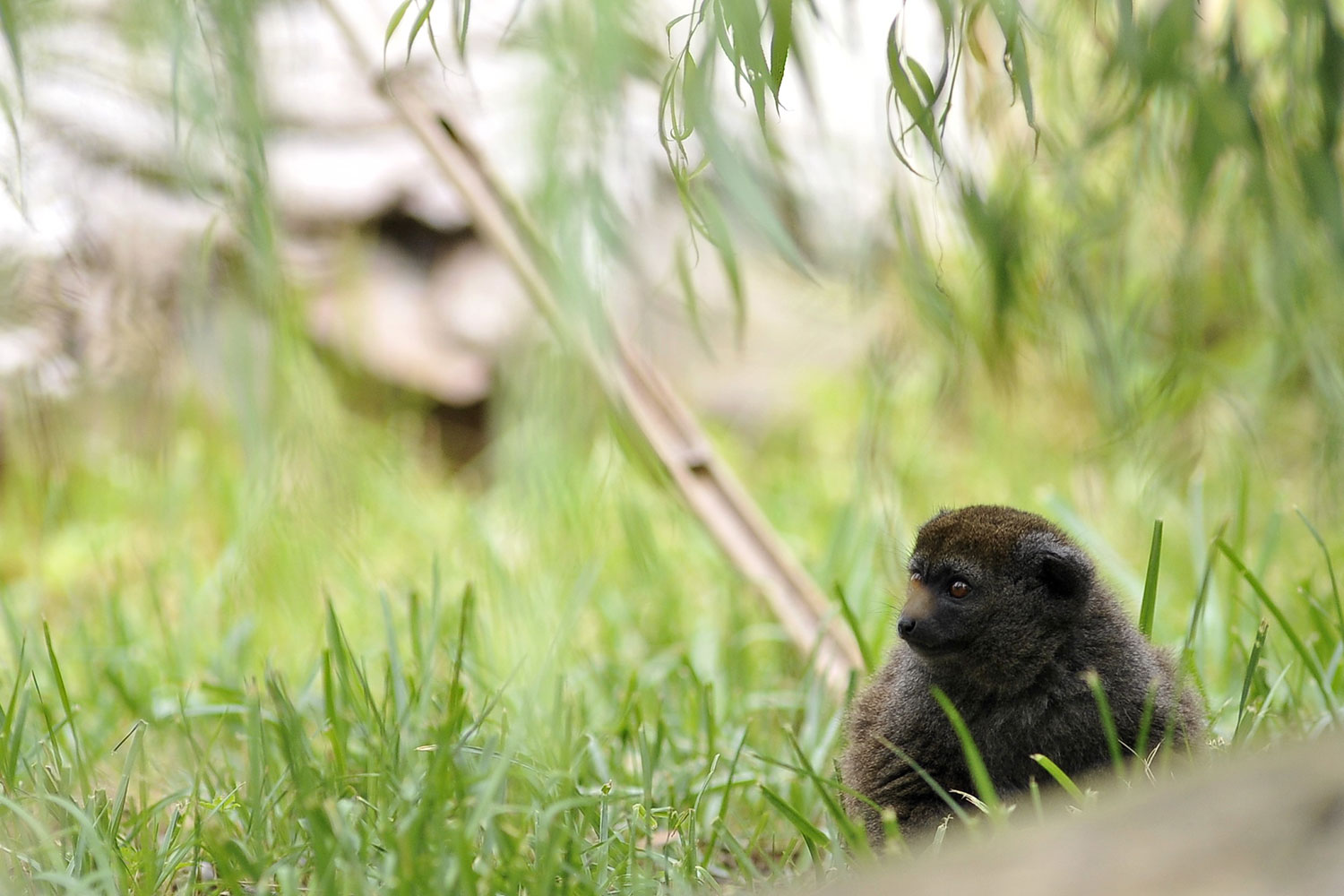 |
Furthermore, Parco Natura Viva funds some scholastic paths of local young people interested in dedicating themselves to conservation, and finances research scholarships for university students.
If you are interested in this project and you want to help saving the bamboo lemur and its habitat, there are different ways in which you can contribute. By participating to the activities organized by Parco Natura Viva, such as guided tours and educational workshops, you can learn more about this species and the threats to its survival, also learning what behaviours to adopt in everyday life to protect their habitat. By adopting the park’s bamboo lemurs you will directly contribute to help finance this project; but even with your visit to the park you will be able to make a concrete contribution to conservation, since a percentage of the value of the admission ticket is always destined to in situ conservation projects. Finally, by making other people aware of the problems of animals in the wild, you can concretely help spread the knowledge and guarantee a future for the bamboo lemur in its natural environment.
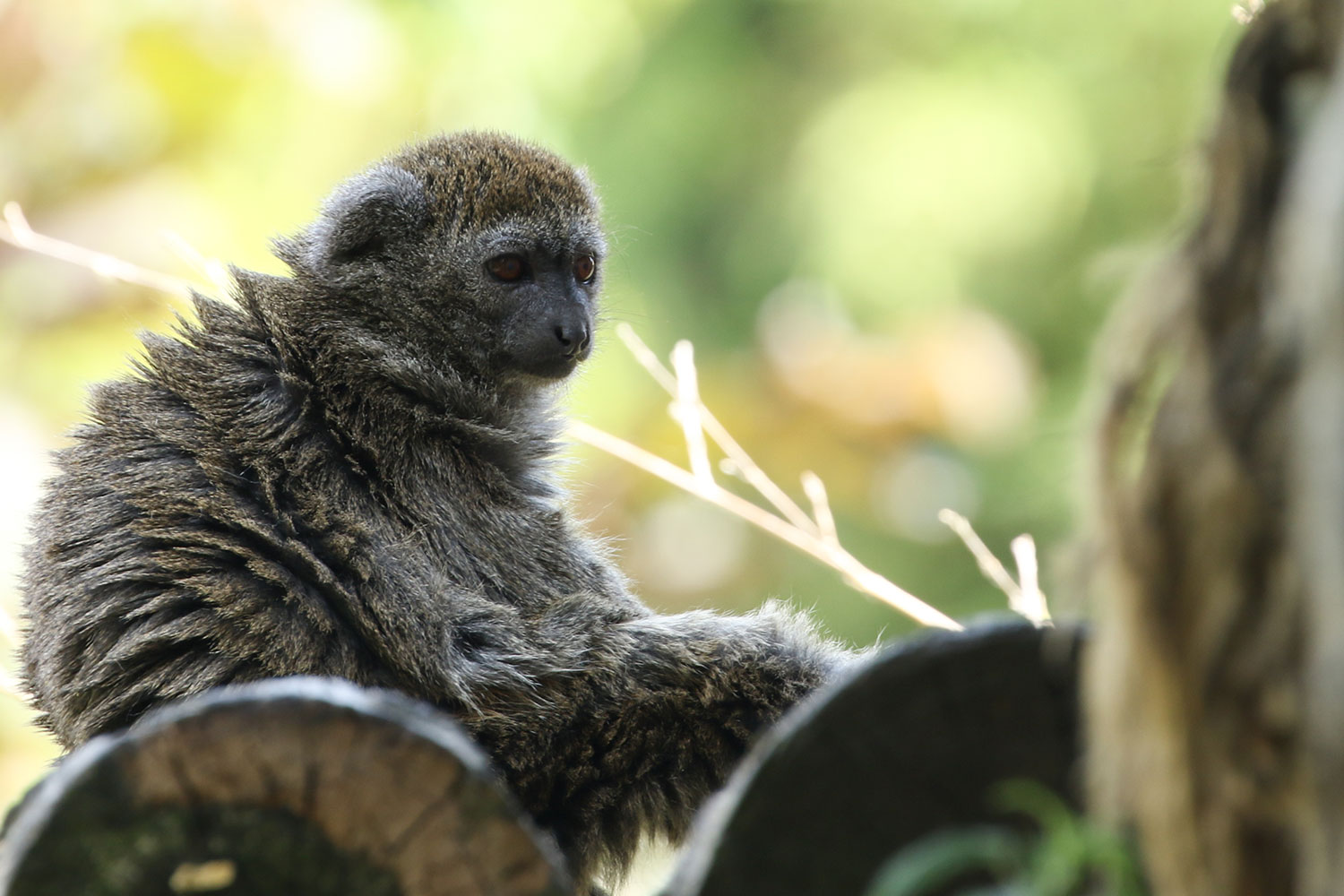 |
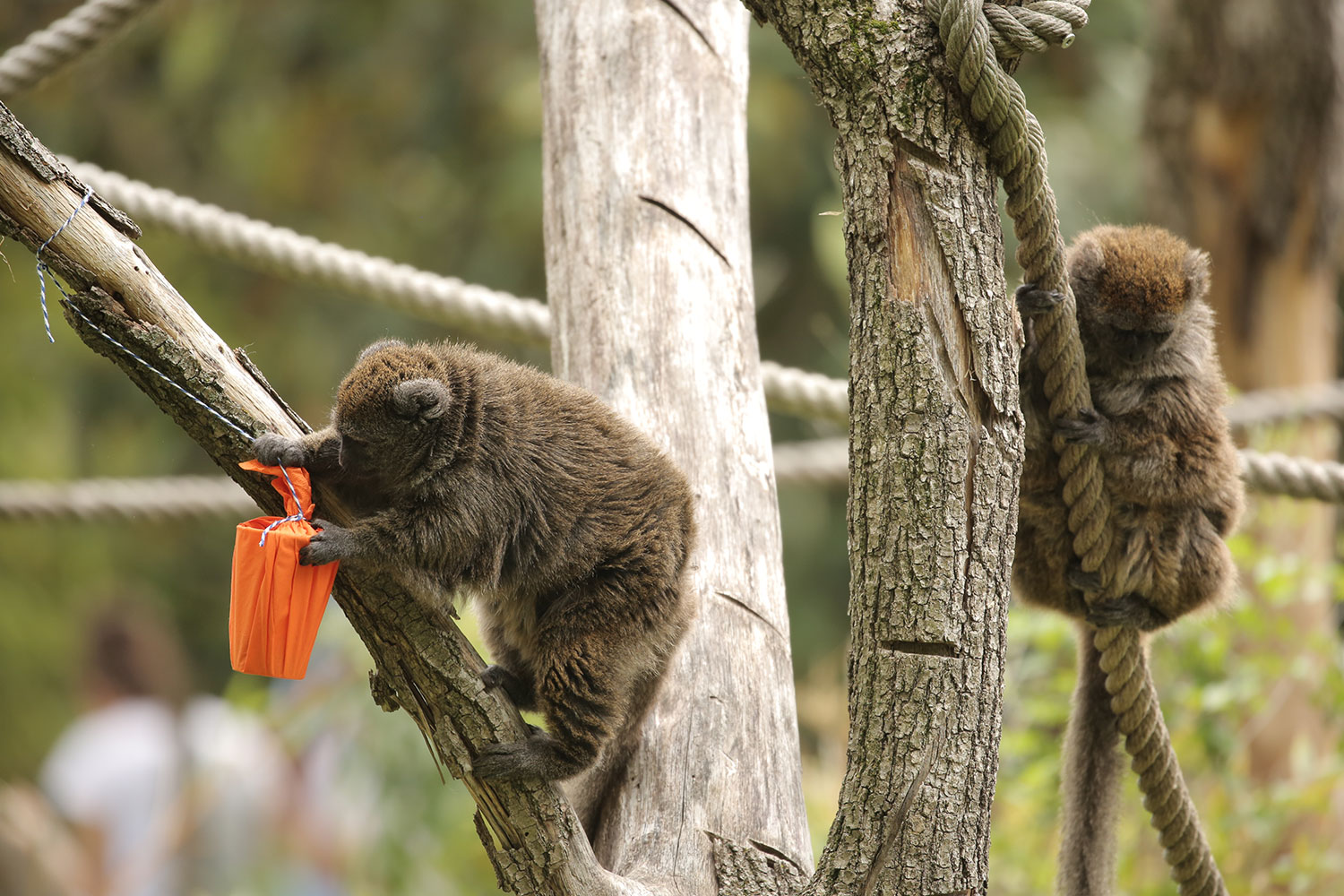 |
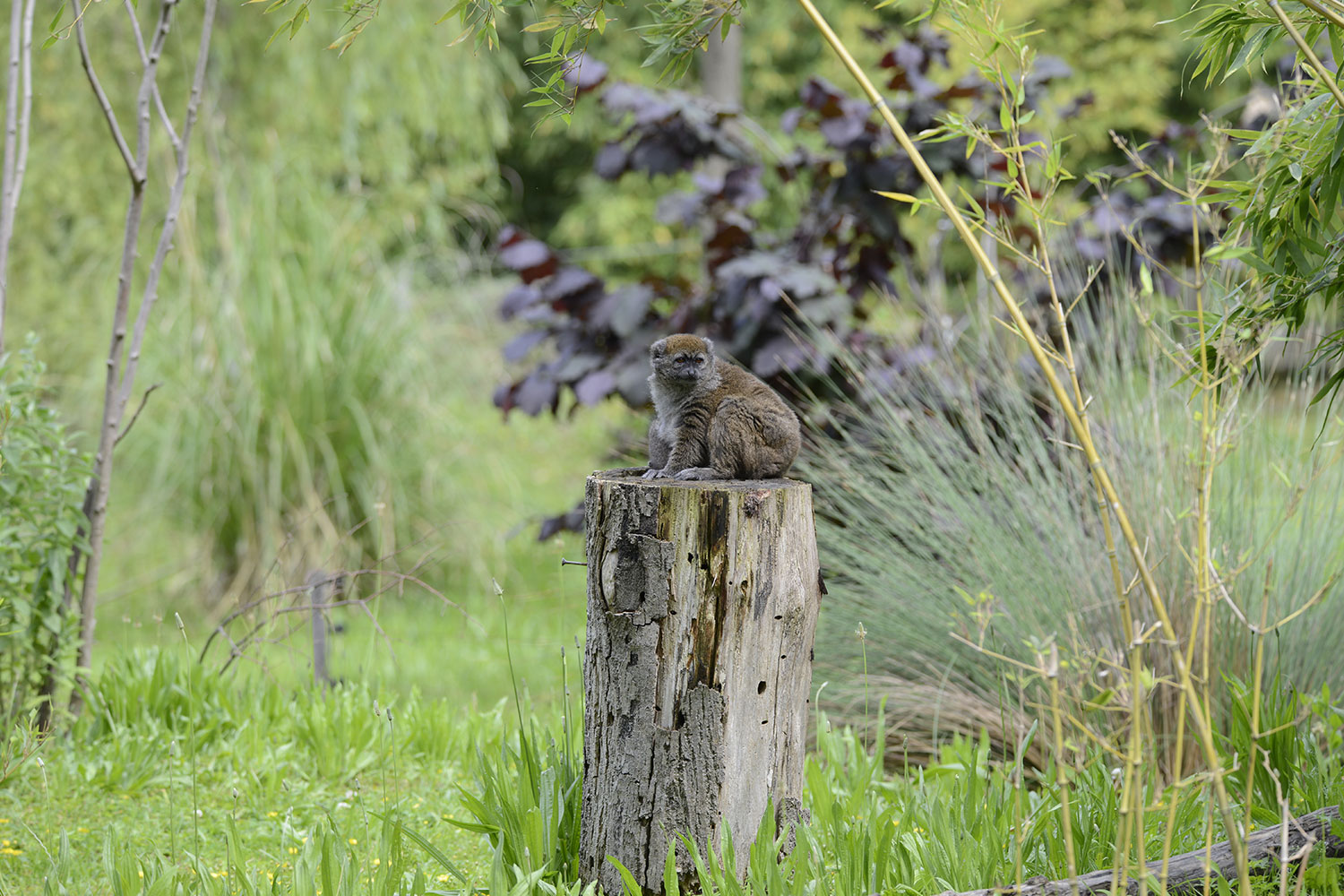 |
 Italiano
Italiano English
English Deutsch
Deutsch





